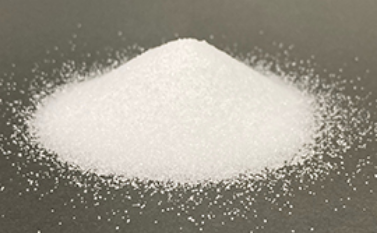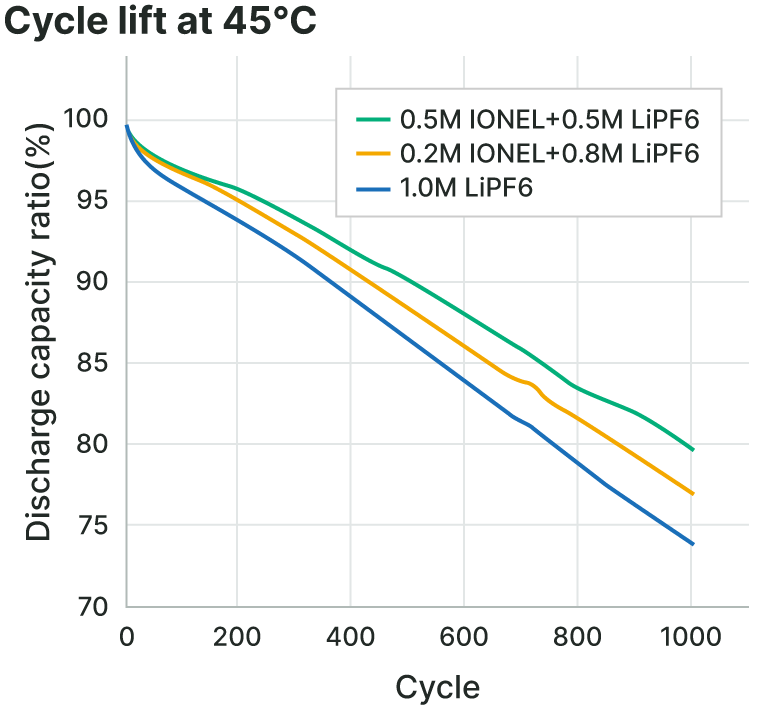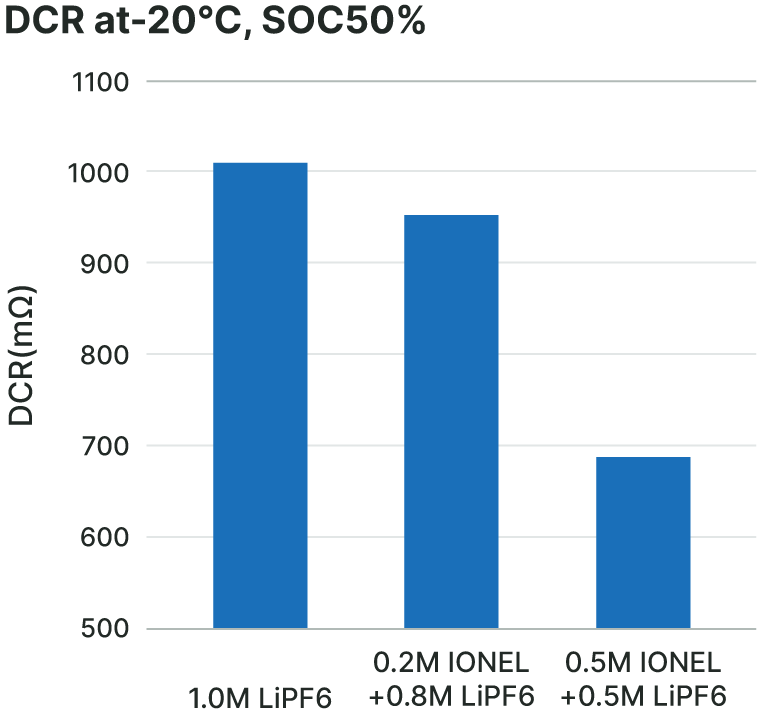Electrolyte for Lithium-Ion Batteries: IONEL™ LF-101 Lithium bis(fluorosulfonyl)imide (LiFSI)
- Main Applications
Electrolyte for Lithium-ion secondary batteries, Additive for Lithium-ion secondary batteries, Electrolyte for Lithium primary batteries, Electrolyte for other electrochemical devices
- Applications
- Functions
Basic Information
IONEL™ is LiFSI used as the electrolyte in Lithium-ion batteries.
Nippon Shokubai developed the mass-production technology for LiFSI using proprietary synthesis and purification techniques for the first time in the world in 2013.
We are accelerating global expansion with local food production and consumption as our basic strategy of IONEL™, in order to meet the rapid growth in demand for lithium-ion batteries due to the rapid spread of electric vehicle.
In addition to current production capacity of 300 tons/year in Japan, we have invested in Hunan Fluopont New Materials Co., Ltd. for establishment of a cost-competitive supply system in China.
Moreover, we are considering new locations for manufacturing in North America and Japan.
IONEL™ is highly pure, has few solvents and by-products, and exhibits stable electrochemical properties.
IONEL™ has been adopted and certified by many lithium-ion battery manufacturers in Japan and around the world. It has a wide range of applications including installed in vehicles and used in consumer-use products and stationary equipment.
We have applied for patents suitable for lithium-ion battery applications in Japan and worldwide, and own many patent rights.
IONEL™ complies with laws and regulations in major countries worldwide and has acquired intellectual property rights, so customers can use it with confidence and peace of mind.
Click here for IONEL™ Patent Rights
| Molecular Weight | 187(g/mol) |
|---|---|
| CAS No. | 171611-11-3 |
| Appearance | White powder |
| Purity | 99.9% min. |
| Melting Point | 140℃ |
| Thermal Decomposition Temperature | 300°C min. |
| Solubility | Dissolve 50 wt% min. in DMC and EMC |
Features and Properties
Various studies have been conducted on IONEL™ as the main electrolyte salt for lithium-ion batteries, and the following improvements have been confirmed.
• Long life
• Discharge and input/output properties at lower temperatures
• Storage at higher temperatures
Similar effects can be observed when IONEL™ is used as an additive.


Details of Functions
Cycle Life
IONEL™ improves the cycle life at high temperatures. This enables the design of batteries with little capacity loss even at high temperatures, contributing to a longer cycle life of products.
| Positive electrode | NMC |
|---|---|
| Negative electrode | Graphite |
| Temperature | 45℃ |

Low Temperatures
IONEL™ improves the discharge capacity at low temperatures. This enables the design of batteries with little capacity loss even at low temperatures.
| Positive electrode | NMC |
|---|---|
| Negative electrode | Graphite |
| Temperature | -20℃ |

Low Temperature Input/Output
IONEL™ improves the input/output at low temperatures, which is effective in reducing resistance.
This enables the design of safe and highly-flexible batteries without generating dendrites, even at low temperatures.
| Positive electrode | NMC |
|---|---|
| Negative electrode | Graphite |
| SOC | 50% |
| Measured Temperature | -20℃ |

High Temperature Storage
IONEL™ improves the capacity retention at high-temperature storage. This enables the design of batteries with little capacity loss, even at high temperatures.
| Positive electrode | NMC |
|---|---|
| Negative electrode | Graphite |
| SOC | 100% |
| Measured Temperature | 60℃ |
